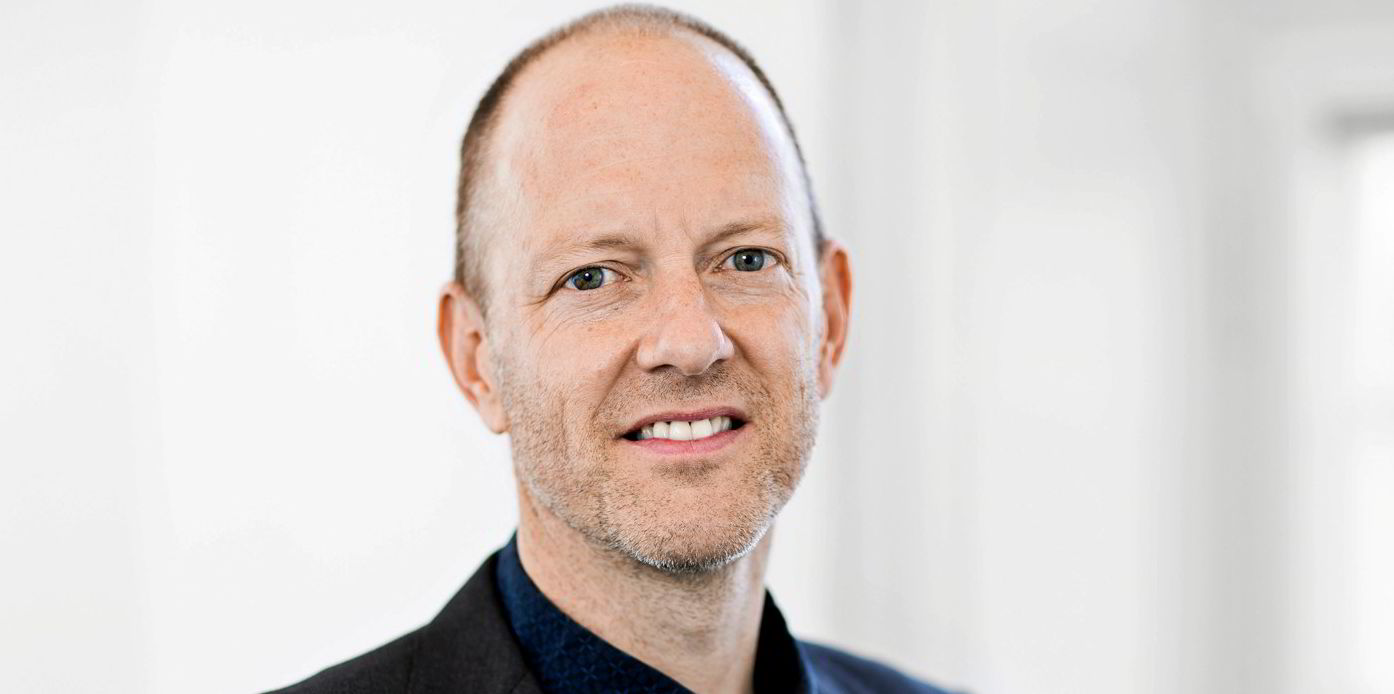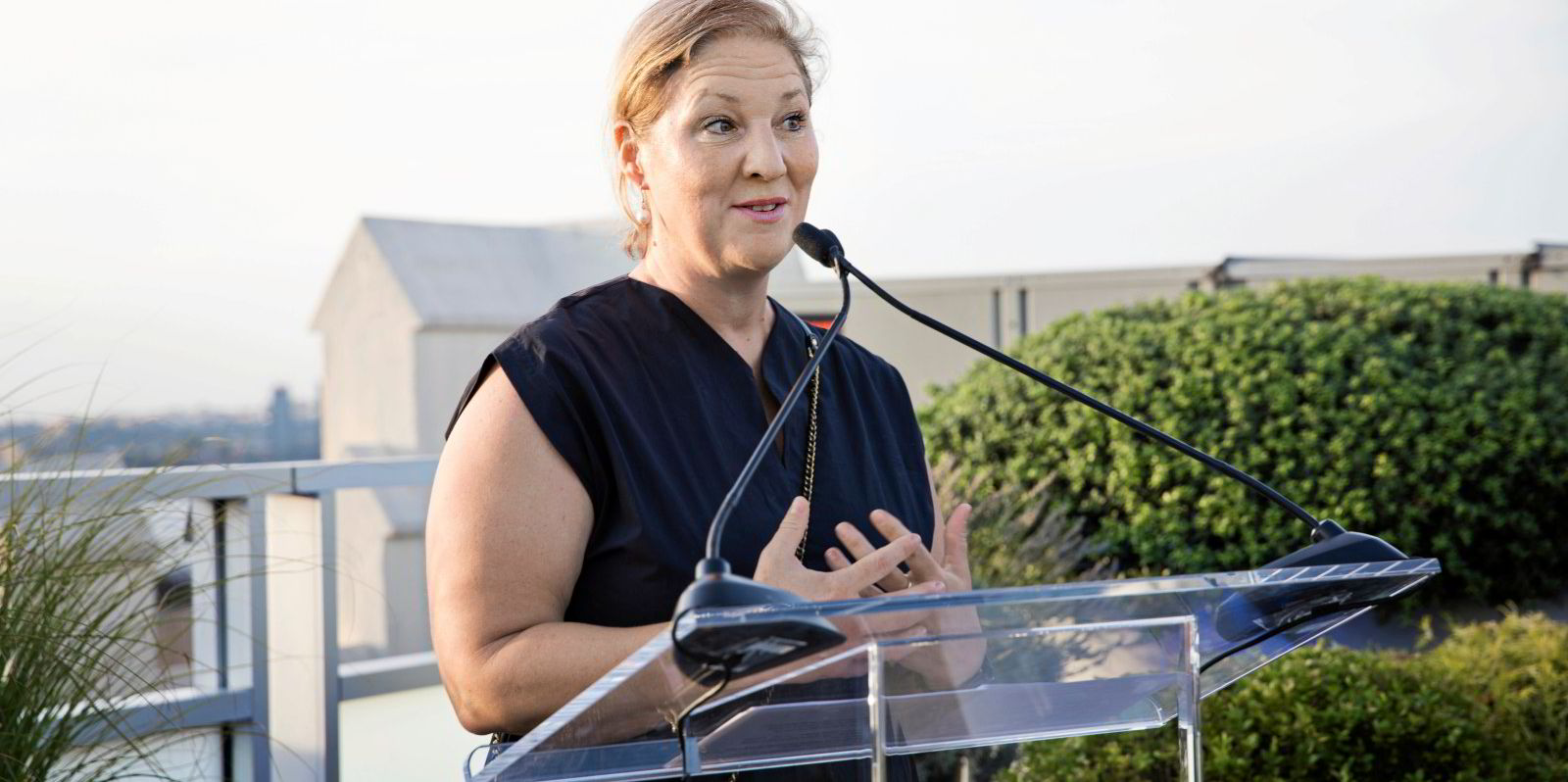The cost gap between zero-emission ammonia and conventional fuel oil could close significantly as early as 2026, with price parity achieved by 2030, according to a study.
The Global Maritime Forum (GMF) analysis was part of the Nordic Green Ammonia Powered Ship (NoGAPS) project to design and operate an ammonia-powered vessel between the US Gulf and northwest Europe.
It explored measures to reduce the cost gap, including building dual-fuel vessels that can operate on both ammonia and marine fuel oil, securing competitive debt financing, applying operational efficiencies and taking advantage of fuel subsidies.
To close the gap in the coming years and eventually reach cost parity, the study suggests that all these financial levers “will have to be pulled simultaneously”.
That would require exclusively bunkering US ammonia, applying European Union Fit for 55 measures and US Inflation Reduction Act subsidies to promote the use of clean fuels.
GMF project director Jesse Fahnestock said the findings could encourage investment in ammonia-fuelled vessels.
“We hope this boosts confidence amongst charterparties and investors to take steps towards the realisation of NoGAPS and other ammonia-powered vessels,” he said.
The NoGAPS project comprises Yara Clean Ammonia, BW Epic Kosan, MAN Energy Solutions, Wartsila, DNV, Maersk Mc-Kinney Moller Center for Zero Carbon Emissions and the GMF.
The design of the NoGAPS vessel and research into its commercial feasibility have now been completed.
Murali Srinivasan, senior vice president, commercial at Yara Clean Ammonia, said: “The ship design and outline of the commercialisation options are important milestones that we believe could contribute to accelerating the acceptance of clean ammonia as a zero-emission fuel.”





